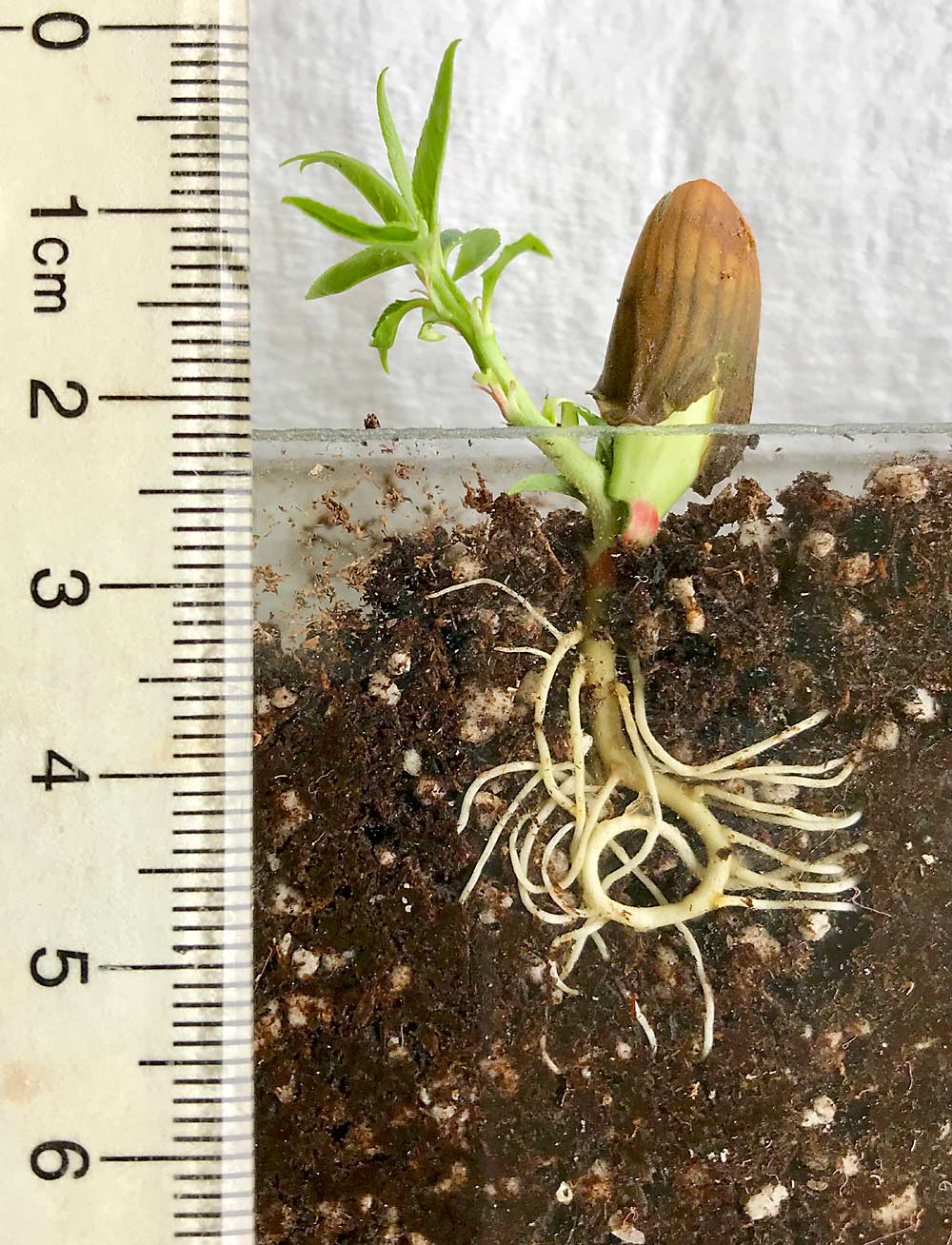
No one would call Florida a major player in the fresh peach industry, but for a couple of months every year, they’re the only game in town.
From mid-March, after South American imports dwindle, to mid-May, when harvests from Georgia, South Carolina and California start shipping, Florida’s less than 2,000 acres of peaches have the Eastern markets all to themselves. There’s still a lot of unsatisfied demand within that sales window, which gives the young, relatively small industry room for growth, said Steven Callaham, chief executive officer of the Dundee Citrus Growers Association.
But there are a few factors limiting that growth. One is extreme weather: A bad storm in April destroyed about 75 percent of Florida’s 2021 peach crop. In addition, only a small number of varieties can thrive in the state’s hot, humid climate. And Florida peach growers rely almost exclusively on a single rootstock, called Flordaguard, Callaham said.
Released by the University of Florida in 1991, Flordaguard was selected for its resistance to peach root-knot nematode, a major problem in Florida. But Flordaguard isn’t a perfect rootstock and doesn’t fit the diverse needs of the state’s peach growers. A wider selection is needed, according to UFL professor and rootstock breeder Jose Xavier Chaparro.
Chaparro and graduate student Ricardo Lesmes-Vesga are part of a team of UFL breeders working to expand the rootstock selection for Florida peach growers.
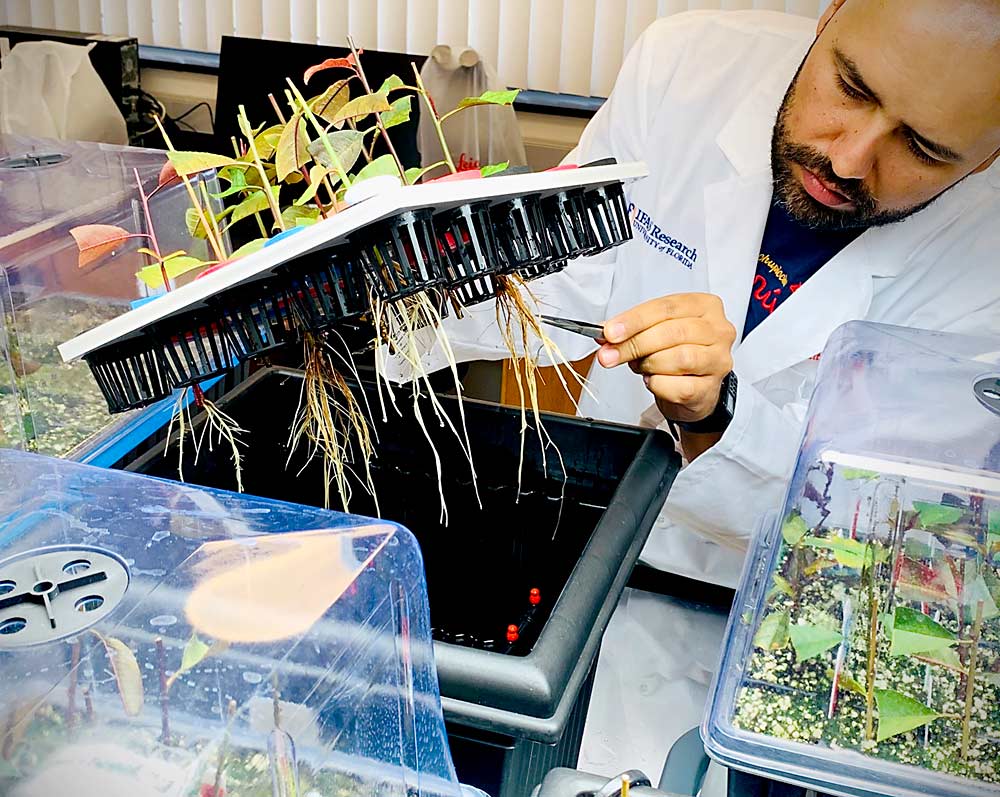
Young industry
Florida peach acreage started growing a little more than a decade ago. In the Mid-Florida Ridge, which runs north-south in the central part of the state, citrus growers started diversifying into peaches in 2008 and 2009. They were looking for an alternative to citrus crops, which were being attacked by a new bacterial disease called citrus greening, and peaches matched well with their existing equipment and infrastructure. The Dundee Citrus Growers Association, a grower-owned cooperative in the area, created a stone fruit subsidiary to oversee peach harvesting, marketing and handling duties.
The cooperative’s members grow less than 500 acres of peaches, compared to about 10,000 acres of citrus. They grow only two peach varieties in significant volumes: UF Sun and UF Best. Florida accumulates few chill hours and needs more varieties with little to no chill requirements, Callaham said.
The industry also needs more than a single rootstock.
“If we experience a new disease or soil tolerance issue with Flordaguard, we’d be in trouble,” he said.
Florida peaches grow in regions with two major soil classes. A rootstock adapted to one will not do well in the other. The Mid-Florida Ridge, for example, has sandy soils, less prone to flooding than other areas, and growers there need rootstocks with deeper roots. East of the ridge, the lower, more flood-prone “flatwoods” around Indian River need shallower-rooted rootstocks that can better survive waterlogging. To have productive trees in both soil types, different root architectures are needed, said Lesmes-Vesga, who’s studying which genes determine a deep or shallow root system. He works with backcrosses of peach and peach/almond hybrids developed by Chaparro, as well as Flordaguard progenies that contain that rootstock’s nematode resistance. The almond species are well adapted to drought and sandy soils and offer much deeper root systems than Flordaguard, he said.
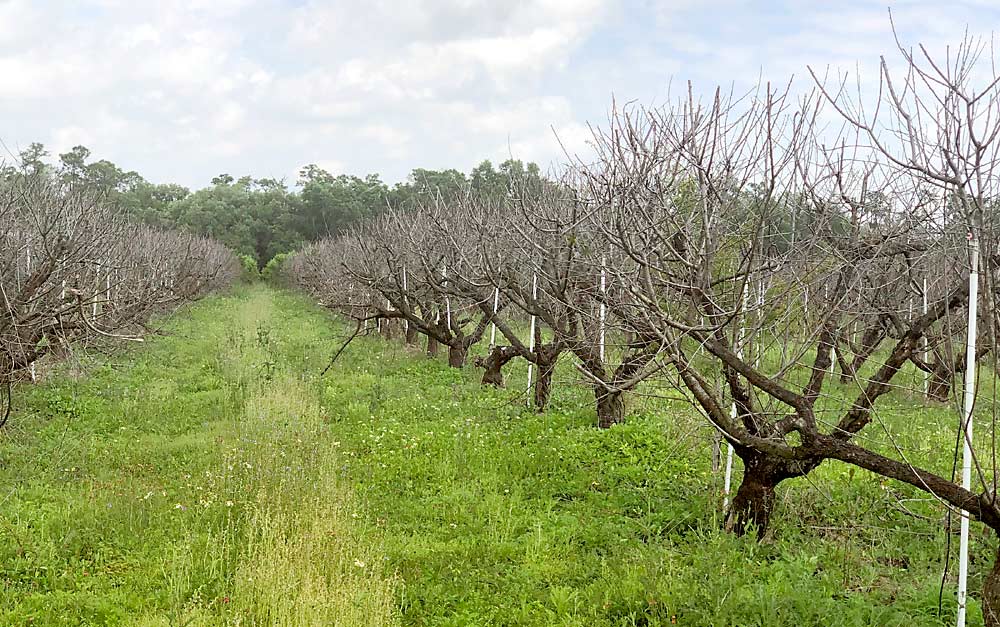
In other greenhouse and field trials, UFL professor Ali Sarkhosh is investigating the response of six Prunus rootstocks — Flordaguard, Guardian, Nemaguard, P.22, R5064-5 and MP-29 — to flooding of the root zone. If roots are waterlogged for a sufficient time, resulting conditions such as wilting, chlorosis, necrosis, marginal browning of leaves, defoliation, epinasty or fruit drop can cause tree mortality, he said.
So far, Sarkhosh has found a significant difference in the rootstocks’ ability to tolerate flooding stress. MP-29, P.22 and R5064-5 appear to be more tolerant to flooding than Flordaguard, for example. MP-29 is currently available but is still being evaluated for yield, fruit quality and other variables. The other two numbered rootstocks have not yet been released, he said.
There’s still a long way to go in his research, but Lesmes-Vesga said some of the rootstocks he’s working with have the potential to improve on Flordaguard.
—by Matt Milkovich

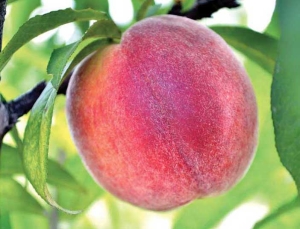
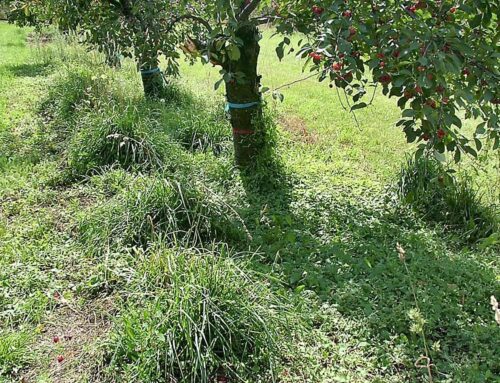


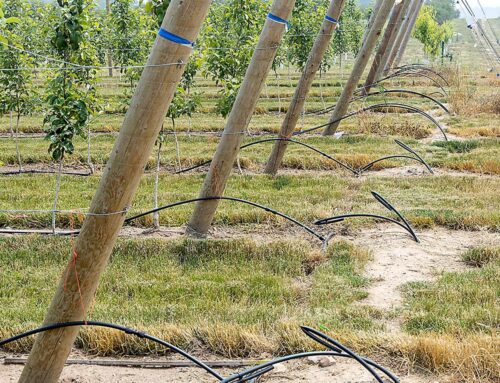

We’ve had great success with Hansen 536 in Arizona, run a trials on it